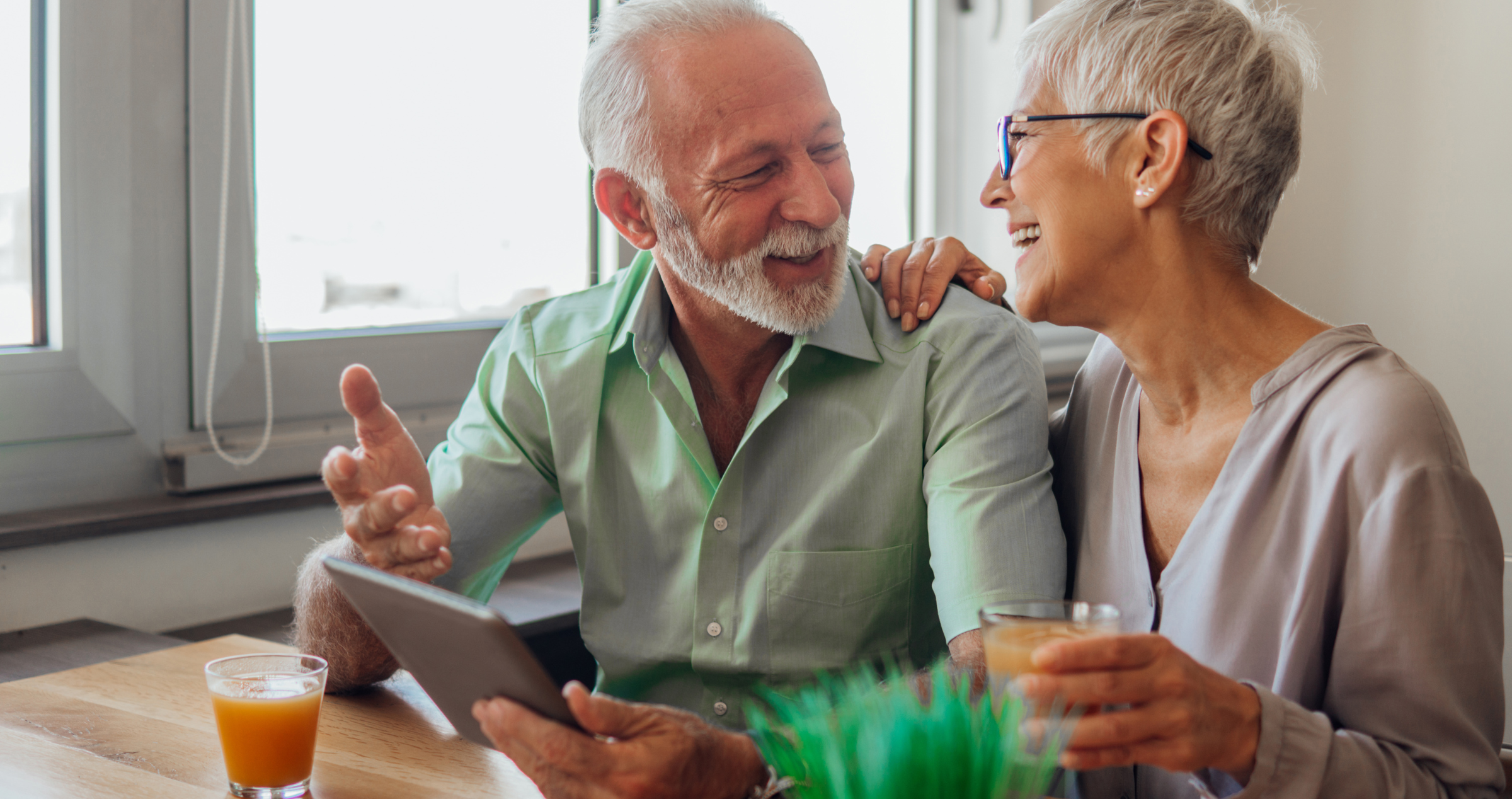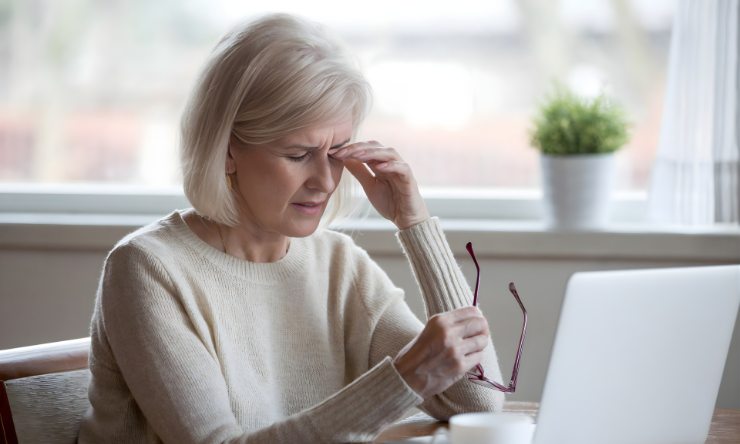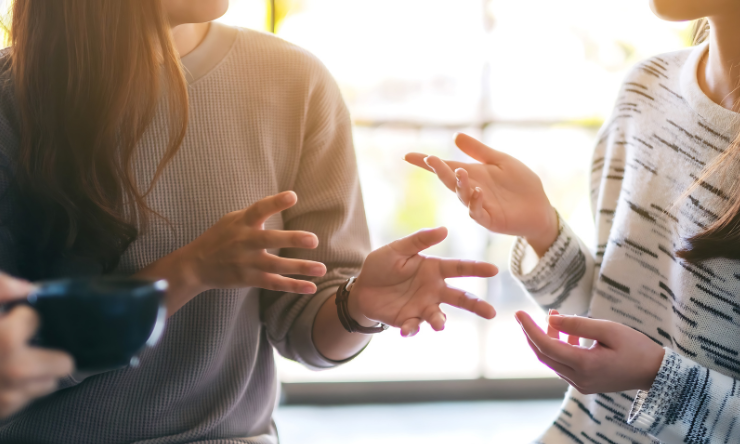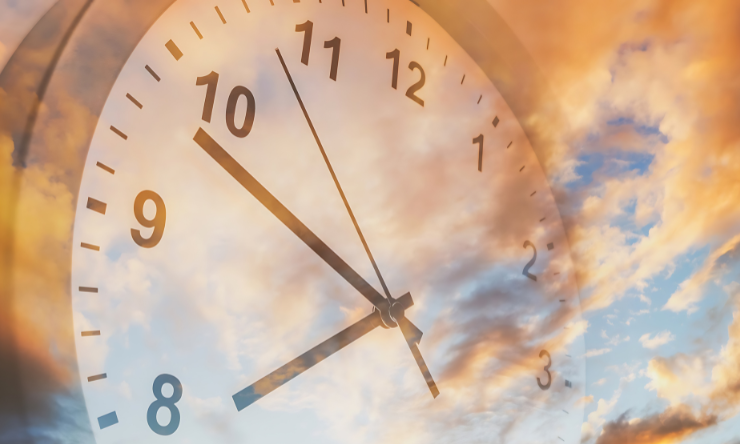Share
Whether you’re newly diagnosed or have been managing glaucoma for years, understanding its impact and learning practical strategies can help you maintain confidence and independence.

In its early stages, glaucoma often has no noticeable symptoms and has little immediate effect on daily life. As it progresses, activities that rely on peripheral (side) vision such as driving, walking in crowded or unfamiliar environments, and avoiding obstacles, can become more difficult. Individuals may struggle with night vision, light sensitivity, reduced contrast sensitivity and adjusting to changes in lighting. The risk of falls and accidents increases. In advanced stages, central vision loss progressively impairs reading, recognising faces, managing household tasks and driving typically becomes unsafe.
Here are 10 tips to make living with glaucoma a little easier:
1. Stick to your treatment plan
Daily eye drops or medications may feel like a hassle, but they’re essential for preserving vision and maintaining quality of life. To stay consistent, sync taking medication with daily habits (e.g. meals or bedtime) and set reminders to stay on track. If instilling drops is difficult, consider using a drop aid. If your medication schedule feels complicated, talk to your treating ophthalmologist or optometrist about simplifying it. Keep up with regular eye exams, even when the condition seems stable.
Why it matters? Missing doses or appointments can accelerate vision loss.
2. Light it up
Use bright, glare-free and even lighting throughout your home. Ensure hallways, stairs and corners are well lit. Add task lighting – such desk/floor lamps or under cabinet lights - for reading, hobbies or cooking. Warm-toned lights may be more comfortable than cool options. Consider using night lights or motion activated sensor lights.
Why? Good lighting improves visibility, reduces eye strain and supports safe mobility.
3. Consider tinted lenses
Bright sunlight, car headlights and fluorescent lights may be bothersome. Ask your eye care team about suitable tint colours and darkness levels. Wraparound frames, polarised lenses and UV coatings may help.
Why? Tinted lenses can improve comfort and contrast.
4. Train your brain to scan
Use scanning techniques to scan surroundings and compensate for lost peripheral vision. Move your head slowly from side to side and up and down to catch what might otherwise be missed.
Why? Scanning is a simple trick that improves safety and confidence when walking or driving.
5. Use visual aids and technology
If reading becomes difficult, increase font size and contrast on devices or use magnifiers, audiobooks, screen readers and large-print materials. Try large button remotes, smart home devices like talking appliances and voice activated assistants. If you’re struggling, request referral to low vision services.
Why? The right tools support independence and connection.
6. Make your home vision friendly
Use colour and contrast strategically e.g. white plate on a dark placemat, white cutting board for darker vegetables, dark soap dish on light countertop, dark plates for light coloured foods. Use high-contrast tape or paint to mark steps, doorways, furniture edges and handles. Choose matte finishes and use sheer curtains over windows to reduce glare. Arrange furniture for clear easy movement, remove clutter and tripping hazards like cords and loose rugs. Organise items in dedicated spots and keep frequently used items within reach. Install handrails or grab bars if needed.
Why? This allows for improved visibility and ease of daily tasks, confidence moving around and fewer accidents. Create a space that works for you - not the other way around.
7. Stay Active
Regular physical activity such as walking or swimming supports strength, balance, coordination and may help lower eye pressure. Avoid activities that increase eye pressure (e.g. heavy lifting, head down yoga poses), wearing small tight swimming goggles and sports that carry a risk of eye injury. Even short daily movement helps - try indoor walking or chair-based routines if mobility is limited. Check with your ophthalmologist or optometrist before starting a new exercise routine.
Why? Movement is medicine - it supports eye health, mood and reduces fall risk.
8. Build a support system
You’re not alone. Connect with support groups like Glaucoma Australia or counselling services if you need help coping. Share your journey with friends, family and your eye care team and don’t hesitate to ask for help.
Why? A supportive environment keeps you motivated and emotionally strong.
9. Plan ahead for outings
Vision changes can make getting around more challenging. If night vision is affected, travel during daylight. Choose well-lit, familiar routes when possible and allow extra time. Use navigation apps with voice guidance. Pack essentials like sunglasses, a hat, magnifier or reading glasses, a small torch, and medication for longer outings. Walk carefully in crowded or uneven areas and avoid distractions like talking on the phone or wearing headphones.
Why? A little preparation makes outings safer and more enjoyable.
10. Learn more
You don’t need to be an expert, but understanding your condition is important. Ask your eye care team about your glaucoma type, stage and the purpose of prescribed medication. If it helps, request printed instructions or resources and ask about new treatment/research. Write down questions before appointments.
Why? Knowledge reduces anxiety and confusion, improves treatment compliance and helps protect your vision.
Final thought
Glaucoma may change how you experience the world, but it doesn’t have to define or limit your life. With support and a few adjustments, you can continue doing what matters most to you.
Glaucoma Australia offers free education, guidance and support. Call our qualified educators on the free SiGHTWiSE support line: 1800 500 880
References
- Quaranta L, Riva I, Gerardi C et al. Quality of Life in Glaucoma: A Review of the Literature. Adv Ther. 2016 Jun;33(6):959-81
- Enoch J, Jones L, Taylor DJ et al. How do different lighting conditions affect the vision and quality of life of people with glaucoma? A systematic review. Eye (Lond). 2020 Jan;34(1):138-154
- Triantafyllopoulos GI, Karabatsas CH, Pateras E et al. Assessment of Visual Function Using Yellow-Tinted Filter in Patients with Pre-Perimetric and Early Open Angle Glaucoma. Clin Optom (Auckl). 2025 Aug 18; 17:255-268
- Zhu MM, Lai JSM, Choy BNK et al. Physical exercise and glaucoma: a review on the roles of physical exercise on intraocular pressure control, ocular blood flow regulation, neuroprotection and glaucoma-related mental health. Acta Ophthalmol. 2018 Sep;96(6): e676-e69
Steinman BA, Nguyen AQD, Pynoos J et al. Falls-Prevention Interventions for Persons Who Are Visually Impaired. Insight (Lawrence). 2011 Spring;4(2):83-91



